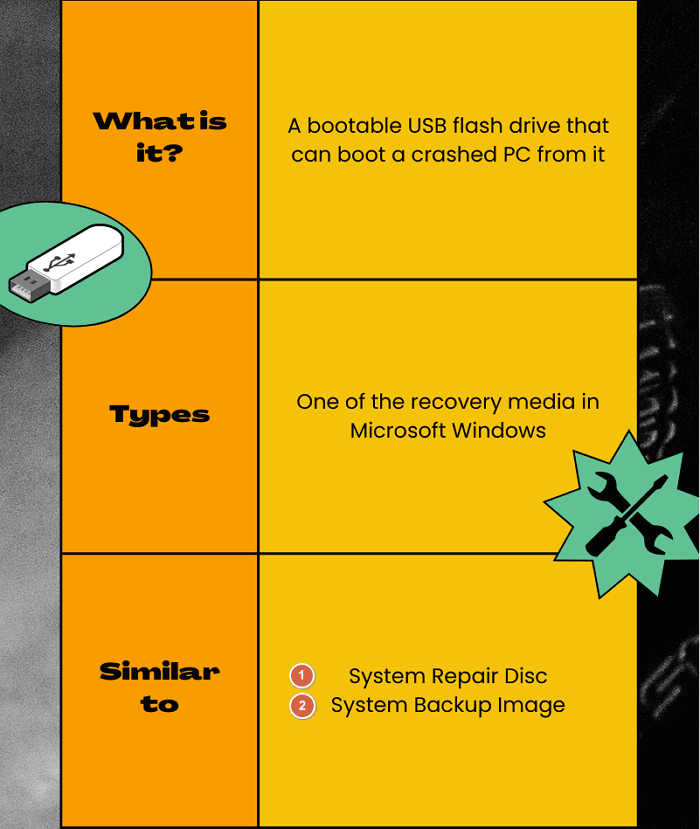Optimize Your Boot: Windows 10 Fast Startup Tips

Unlock the secrets to lightning-fast Windows 10 startup with these game-changing optimization tips for your boot process today!
Table of Contents
Introduction to Fast Startup in Windows 10
Welcome to the world of Windows 10, where we can make our computers start up faster with a feature called Fast Startup! If you are tired of waiting for your computer to boot up every time you turn it on, then Fast Startup is here to save the day. Let's dive into what Fast Startup is all about and how it can help you get to your favorite games or homework assignments quicker.
When we talk about Fast Startup, we are focusing on how quickly your computer can go from being turned off to being up and running. It's like magic! With Fast Startup, your computer stores some important system information when you shut it down, so the next time you turn it on, it can get going in a snap.
Imagine pressing the power button on your computer and within seconds, you're already checking your emails or browsing the web. That's the beauty of Fast Startup in Windows 10. It's all about saving you time and getting you to what you want to do on your computer faster.
What is Fast Startup?
Fast Startup is a feature in Windows 10 that helps your Computer start up quickly. It's like a superhero power for your computer's boot process! When you turn on your computer with Fast Startup enabled, it skips some of the standard startup steps, making everything quicker and smoother.
Understanding the Fast Startup Feature
Fast Startup works by saving some of your system information to a special file when you shut down your computer. When you turn your computer back on, it uses this saved information to start up faster than usual. Think of it as leaving breadcrumbs for your computer to follow the next time it starts up!
The Benefits of Using Fast Startup
One of the main benefits of Fast Startup is that it reduces the time your computer needs to boot up. This means you spend less time waiting and more time using your computer. It's like pressing a magical button that makes your computer spring to life in no time!
How to Enable Fast Startup
In this section, we will guide you through the steps to enable Fast Startup on your Windows 10 system. By following these simple instructions, you can help your computer boot up faster and save valuable time.

Image courtesy of via Google Images
Step-by-Step Guide to Enable Fast Startup
If you want to enable Fast Startup on your Windows 10 system, you can easily do so by following these steps:
1. Start by clicking on the Start menu and selecting "Settings."
2. In the Settings menu, click on "System."
3. From the System menu, choose "Power & sleep" from the sidebar on the left.
4. Scroll down and click on "Additional power settings" on the right side of the window.
5. In the Power Options window, select "Choose what the power buttons do" from the sidebar.
6. Next, click on "Change settings that are currently unavailable." You might need to provide administrator permission to make changes.
7. Look for the "Shutdown settings" section at the bottom of the window.
8. Check the box next to "Turn on fast startup (recommended)." This will enable Fast Startup on your system.
9. Finally, click on "Save changes" to apply the settings.
Once you have completed these steps, your computer will now use Fast Startup to boot up more quickly. Enjoy the time-saving benefits of this feature!
Troubleshooting Common Issues
When you're trying to make your Windows 10 computer start up faster using Fast Startup, you might encounter some common issues along the way. Don't worry! Here are some tips to help you troubleshoot and solve them.
What to Do When Fast Startup Isn't Working
If you've enabled Fast Startup but your computer doesn't seem to be booting up any faster, there are a few things you can try:
1. Restart your computer: Sometimes, restarting your system can fix issues with Fast Startup.
2. Check your settings: Make sure Fast Startup is still enabled in your system settings. If it's turned off, turn it back on and see if that helps.
3. Update your drivers: Outdated drivers can sometimes cause problems with Fast Startup. Check for updates and install them if needed.
How to Restore Your System if Problems Occur
If you experience any other issues with your system after enabling Fast Startup, you can try these simple steps to restore it:
| Tip | Description |
|---|---|
| 1 | Clean up your startup programs |
| 2 | Disable unnecessary background apps |
| 3 | Update your drivers |
| 4 | Enable fast startup |
| 5 | Defragment your hard drive |
1. Use System Restore: Windows 10 has a feature called System Restore that allows you to revert your system to a previous state. This can be useful if Fast Startup is causing issues.
2. Restart in Safe Mode: Booting your computer in Safe Mode can help you troubleshoot and fix problems that might be related to Fast Startup.
By following these troubleshooting tips, you can ensure that Fast Startup works smoothly on your Windows 10 system, helping you enjoy a faster boot time.
Other Tips to Speed Up Your Windows 10 Boot
In addition to enabling Fast Startup, there are other tips and tricks you can utilize to further decrease the boot time of your Windows 10 system.

Image courtesy of via Google Images
Keeping Your System Clean
One crucial way to speed up your Windows 10 boot time is to keep your system clean. Regularly deleting temporary files, clearing out unnecessary programs and applications, and organizing your files can help streamline the startup process. A clutter-free system can lead to quicker boot times.
Disabling Unnecessary Startup Programs
Another effective strategy to speed up your system's boot time is to disable unnecessary startup programs. Many applications configure themselves to launch automatically when you start your computer, which can significantly slow down the boot process. By selectively disabling these programs from auto-starting, you can minimize the time it takes for your system to boot up.
Conclusion: Enjoy a Faster Windows 10 Startup
By implementing the tips and tricks outlined in this article, you can significantly enhance your Windows 10 startup experience. Fast Startup is a simple yet powerful feature that can make a noticeable difference in how quickly your computer boots up. Enabling this setting can save you time and frustration, allowing you to get to work or play faster than ever before.
Remember, understanding the mechanics of Fast Startup, the benefits it provides, and how to enable it are key steps in optimizing your boot process. Additionally, keeping your system clean and disabling unnecessary startup programs can further speed up the boot time of your Windows 10 system.
So, don't wait any longer. Take control of your computer's startup speed and enjoy a faster Windows 10 experience today!
FAQs (Frequently Asked Questions)
Is Fast Startup safe to use?
Yes, Fast Startup is safe to use and is actually a helpful feature in Windows 10. It helps your computer start up faster by saving some system information to a file when you shut down. This can speed up the boot process the next time you start your computer. However, it's essential to note that in some cases, Fast Startup may cause issues like driver conflicts or software problems. If you experience any unusual behavior after enabling Fast Startup, you can always disable it in your system settings.
Can Fast Startup affect my computer's performance?
Fast Startup primarily impacts the speed of your computer's boot process, making it boot up quicker than usual by saving system information. In terms of overall System performance, Fast Startup itself should not negatively affect it. However, as with any feature, there might be isolated cases where enabling Fast Startup could lead to compatibility issues or problems with certain software programs. It's always a good idea to monitor your computer's performance after making changes to see if there are any noticeable differences.
What can I do if my computer is still slow to start up?
If your computer is still slow to start up even after enabling Fast Startup and following the tips mentioned in this article, there are a few additional steps you can take. One option is to check your computer for any malware or viruses that could be slowing down the system. You can also try disabling any unnecessary startup programs that might be running in the background and consuming system resources. Additionally, ensuring your computer is regularly updated with the latest software patches and drivers can also help improve its overall performance and boot times.


